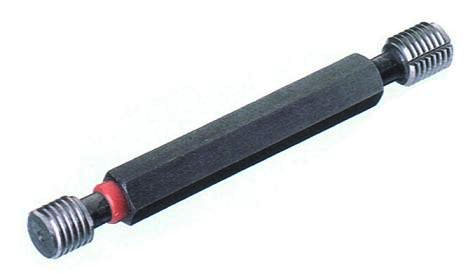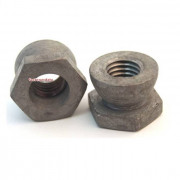Equipment
Hardness Testing equipment
Laser measurement equipment
Non-contact, high precision laser distance sensors, position sensors and measurement sensors.
Ultrasonic measurement equipment
In critical bolting applications, factors such as friction or bolt and joint geometry are such that the measurement of applied torque alone will not provide the degree of accuracy necessary to control the preload to be monitored over the service life of the fastener. In these applications, ultrasonic measurement of fastener elongation and/or load has frequently proven to be the most accurate, reliable and cost effective solution. Ultrasonic measurement of bolt preload is made possible by introducing a sonic pulse at one end of the fastener and accurately measuring the time of flight required for the echo to return from the opposite end. Using material constants the equipment converts the time of flight into an "ultrasonic length" of the fastener, providing a baseline from which future measurements will be made. When the fastener is tightened, the time of flight changes and the equipment will again utilise material constants to eliminate the effects of stress and temperature variations on sound velocity, providing an accurate elongation or load measurement.

Laser beam Thread sorting
Precision split and narrow laser beams, multi laser velocity gauge and thread modeling to accurately measure parts to print specifications and tolerances. Using 3-D information from multiple laser beams to detect defects that may only be on one side of the part such as damaged threads.
 Go No-Go Guages
Go No-Go Guages
Screw and bolts and all parallel threaded parts are thread inspected in the fastener manufacturing factory using ‘go, no-go’ thread gauges. But when you consider the science of measurement of threaded parts as a whole, more than a couple of thread gauge types are involved.
In a threaded part, several features are involved – the thread’s major diameter, minor diameter, pitch diameter, flank angle. Normally a ‘go, no-go’ thread gauges will inspect a threaded part based mainly on the pitch diameter.
But in some specific cases where the thread major diameter or minor diameter is critical, a separate, plain ‘go, no-go’ gauges are also used in addition to a threaded gauges to determine the acceptance of a threaded part.

Thread Plug Gauge
Thread plug gauge is used to check acceptance of a nut on internally parallel threaded parts. For small threaded parts, the gauge will be double ended, with one end carrying the ‘go’ gauge and the other end the ‘no-go’. For large parts, the two may be separate pieces. A thread plug gauge is designed to check the correctness of the pitch diameter.




